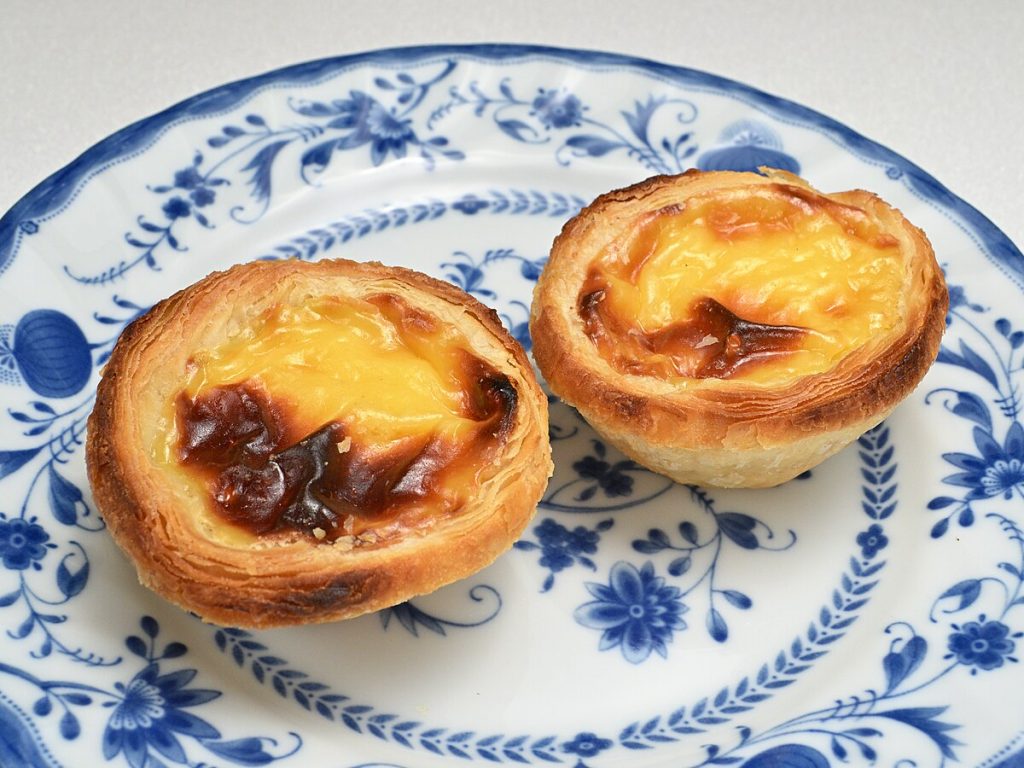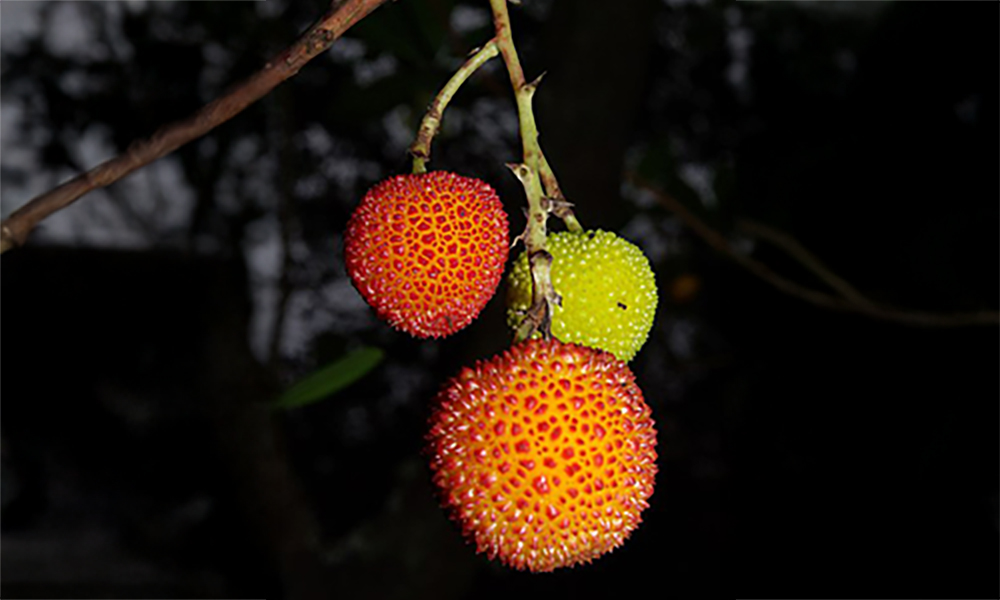Pastel de nata (custard tart) is one of the most iconic specialties of Portuguese sweet confection, recognized worldwide for its unique flavour and creamy texture.
Its origins date back to the 18th century, when monks from the Jerónimos Monastery in Belém, Lisbon, created the recipe. At that time, monasteries used large quantities of egg whites to iron their habits and liturgical vestments, leaving the yolks behind to make sweets. This common practice in Portuguese convents, reflecting centuries of monastic tradition, gave rise not only to pastéis de nata but also to several other sweets that eventually originated in convents and monasteries. Pão-de-ló, Ovos-moles de Aveiro, Queijadas de Sintra, and Pastéis de Tentúgal all had the same origins.
With the dissolution of the religious orders, the monks sold the recipe to a nearby sugar mill, whose owners opened the Fábrica dos Pastéis de Belém in 1837, a factory that remains in operation to this day. The original recipe has remained a closely guarded secret ever since, known only to a few in-house bakers.
The traditional pastel de nata is made with thin, crispy puff pastry filled with a custard made with egg yolks, sugar, and milk. The pastry is stretched and shaped by hand into small metal molds, filled with custard, and baked in a hot oven, giving the top its characteristic toasted appearance. This sweet treat is typically served sprinkled with cinnamon and/or powdered sugar and often accompanied by an espresso.
Besides being a symbol of national confectionery, the pastel de nata has gained international fame and can be found in bakeries and cafes around the world, especially in Portuguese-speaking communities. More than just a sweet treat, the pastel de nata has become a Portuguese cultural heritage, combining simple ingredients with an artisanal tradition that has endured for over two centuries.



